Historic Attari Fades into Neglect Despite Rich Legacy and Strategic Importance
The historic border town of Attari, located just a few kilometres from the Indo-Pak border, holds a significant place in Punjab’s cultural and military history. Associated with legendary Sikh ruler Maharaja Ranjit Singh and the valiant General Sham Singh Attariwala, the town was once a proud symbol of Sikh heritage and resistance. Today, however, it stands as a shadow of its glorious past, with its historical legacy fading amid years of government apathy.
Despite housing the iconic Attari-Wagah joint check-post and an integrated check-post that draws thousands of visitors daily for the ceremonial Beating the Retreat event, the residents of Attari feel neglected. "This town should have been developed as a model village of Punjab," said Shamsher Singh, a local panchayat member. "But the authorities have consistently ignored its historical and strategic value."
Just beyond the entrance to the village lie the samadhs (memorials) of General Sham Singh Attariwala, his father Nihal Singh, and other family members. Sham Singh is celebrated for his unmatched bravery during the Anglo-Sikh Battle of Sabraon. Historical records at his samadh recount his early induction into Maharaja Ranjit Singh’s army and his role in several military campaigns, including in Peshawar, Attock, Multan, and Kashmir. He later led expeditions against the rulers of Jammu.
His daughter, Bibi Nanki, was married to Kanwar Naunihal Singh, grandson of Maharaja Ranjit Singh, in a grand ceremony held in Attari on March 7, 1837. British dignitary Sir Henry Fane, then Commander-in-Chief of the British forces in India, attended the event. After the death of Maharaja Ranjit Singh, Sham Singh was appointed to the council of regency by Maharani Jind Kaur. During the Anglo-Sikh wars, despite being in retirement, he returned to lead the Sikh forces at Sabraon, where he died heroically on February 10, 1846. His cremation site is now marked by a samadh in his memory.
The samadh of his father Nihal Singh, once adorned with exquisite murals, has not been spared the ravages of time and neglect. Many of its artistic elements have been lost due to a lack of preservation efforts.
According to historical accounts, the village was founded in 1740 by two Sidhu Jat brothers, Gaur and Kaur, who migrated from the Malwa region. Gaur Singh established a three-storeyed house, or "Attari," on a high mound ("theh"), around which the village eventually developed. Inspired by the Sikh resistance against Mughal rule, both brothers converted to Sikhism and joined the forces of renowned warrior Baba Gurbaksh Singh.
A fort built on this original mound has deteriorated over time. Though parts have been renovated using modern materials, much of its original character has been lost.
US-based Harpreet Singh Attari, a descendant of Sham Singh Attariwala, expressed deep disappointment at the lack of official recognition for the town’s rich legacy. "For years, we have urged the government to declare February 10—the martyrdom day of Sham Singh Attariwala—as a state-level observance. Despite repeated appeals, it has never been officially notified in the gazette," he said. "We are left to organise the event ourselves every year."
Attari is not only a historical treasure but also a strategic one. It serves as India’s only land route connecting to Central Asia and was once a vital trade corridor with Pakistan, Afghanistan, and beyond. Trade through this route ceased six years ago following a downturn in India-Pakistan relations.
Residents recall that years ago, the Central Government had proposed a comprehensive development plan for Attari. But the plan never took shape. "Why the project was shelved remains a mystery," said Harpreet Singh. “Attari deserves better—for its history, for its people, and for Punjab.”


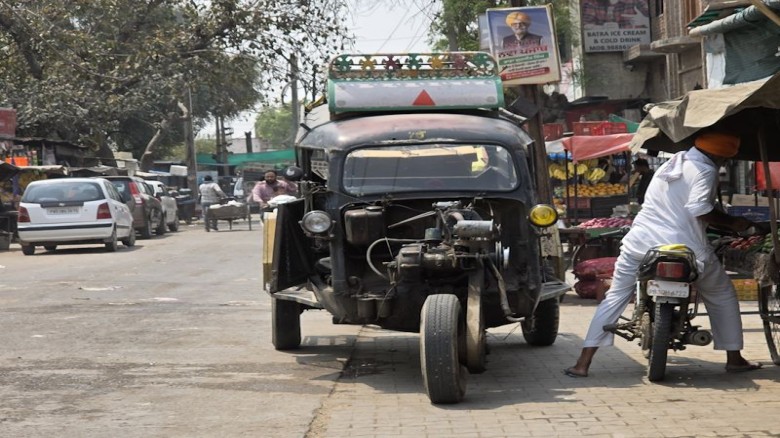

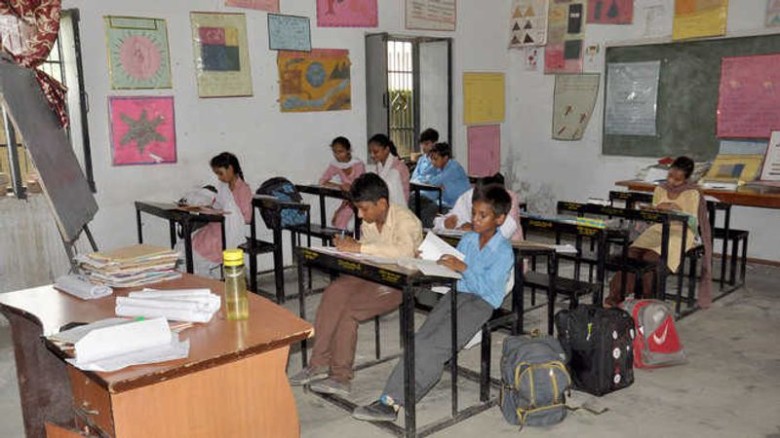



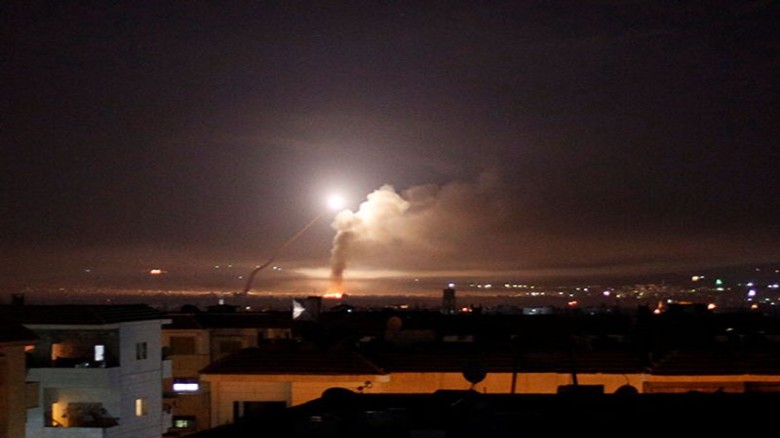
































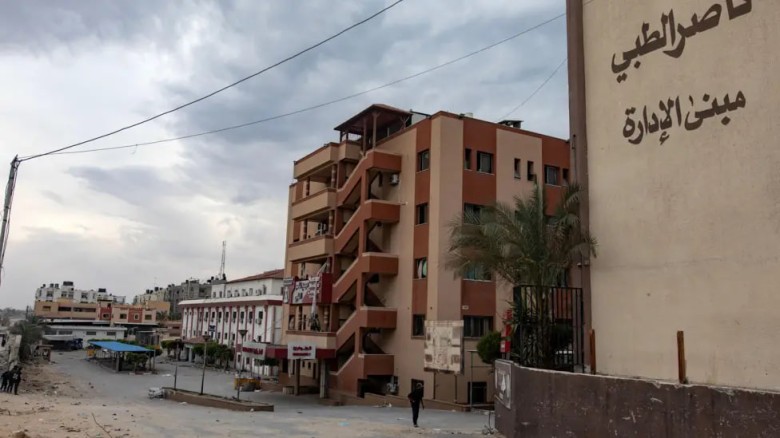




























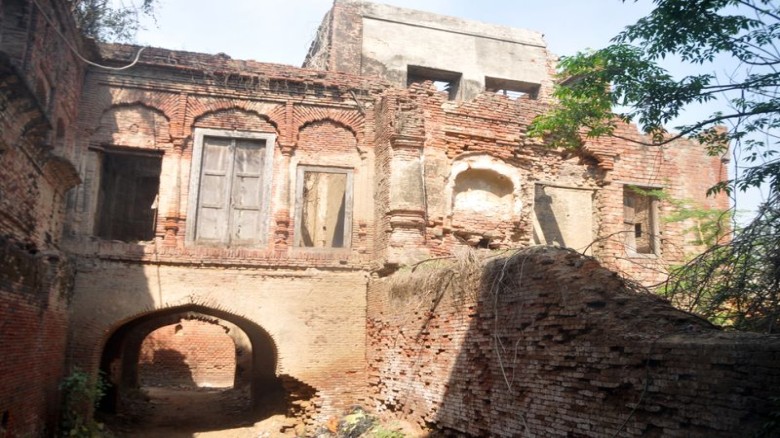


Leave A Comment